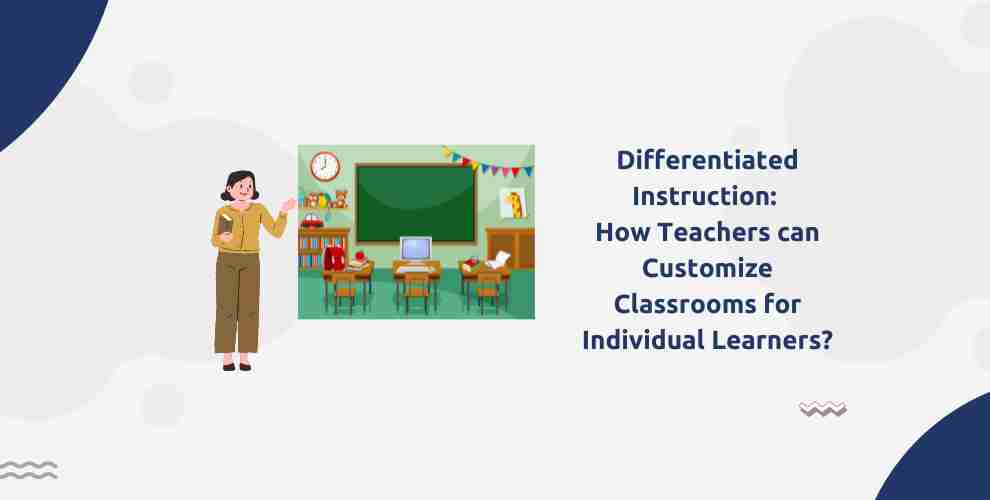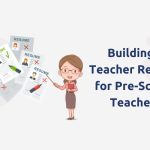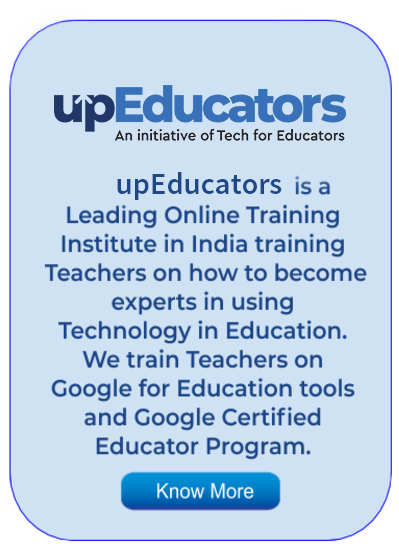Prior to Ms. Sakshi’s implementation of differentiated learning in her classroom, Aryan, a student with a learning disability, was struggling to keep up with his peers. He found it challenging to read and comprehend written text and was having trouble understanding the material presented in class. Despite his efforts, Aryan was falling behind in his studies, causing him to become increasingly frustrated and disengaged.
Upon learning of Aryan’s learning disability, Ms. Sakshi recognized the need to provide him with targeted support and personalized instruction. To aid his understanding of the material, Ms. Sakshi integrated a range of techniques such as visual aids, graphic organizers, and hands-on activities. She also collaborated with Aryan to establish individual goals, providing him with regular feedback to track his progress. Ms. Sakshi also offered additional resources and one-on-one support during and after class to boost his confidence and improve his academic performance.
As a result, Aryan’s learning significantly improved. He felt more engaged and motivated in class, and his understanding and retention of material enhanced. He also gained greater confidence in his abilities and developed a positive attitude towards learning.
Overall, Ms. Sakshi’s adoption of differentiated instruction and personalized support catered to Aryan’s unique needs, leading to his academic achievement and increased engagement in the learning process.
Importance of differentiated instruction
Differentiated instruction is an approach to teaching that recognizes the diverse learning needs, interests, and abilities of students, and seeks to provide multiple ways of engaging with and demonstrating understanding of the material. Here are some key reasons why differentiated instruction is important in the teaching and learning process:
- Addresses individual needs: Every student has unique strengths and challenges. Differentiated instruction takes into account the individual needs of students and provides them with the support and resources they need to succeed. This helps to ensure that every student is challenged appropriately and has the opportunity to reach their full potential.
- Increases engagement: When students are given choices and opportunities to personalize their learning, they are more likely to be engaged and motivated. This can lead to increased interest in the material, better retention of information, and improved academic performance.
- Improves academic achievement: By addressing individual learning needs and providing targeted instruction, differentiated instruction can help students achieve better academic outcomes. It can also help students develop skills and strategies that will enable them to be more successful learners in the long term.
- Fosters inclusivity: Differentiated instruction can help create a more inclusive classroom environment where students feel valued and supported. By recognizing and responding to the diverse needs of all learners, teachers can help ensure that every student has an equal opportunity to learn and succeed.
Strategies for differentiated instruction
- Use formative assessment
Formative assessments are ongoing assessments that are used to monitor students’ learning and understanding throughout a lesson or unit. They can take many different forms, such as quizzes, exit tickets, observations, and class discussions.
By using formative assessments, teachers can gather information about their students’ progress and understanding and use this information to adjust their teaching strategies accordingly. Teachers can identify areas where students are struggling and provide additional support, while also challenging students who are ready for more advanced material.
In the context of differentiated instruction, formative assessments can be particularly useful because they allow teachers to differentiate their instruction based on the individual needs and abilities of their students. For example, a teacher may notice that some students are struggling with a particular concept and can provide additional support through small-group instruction or individualized coaching. Alternatively, a teacher may identify that some students have already mastered the material and can provide extension activities to challenge and engage them further.
- Tiered assignments
Tiered assignments are designed to provide students with different levels of complexity and challenge based on their individual needs and abilities. These assignments typically have the same learning objectives but vary in terms of the level of support or challenge provided.
In a differentiated classroom, tiered assignments can be used to meet the needs of students who may be working above or below grade level or who have different learning styles. For example, a teacher might provide students with a choice of assignments that vary in complexity, such as a writing assignment that includes a basic level for struggling students, a moderate level for on-grade-level students, and an advanced level for advanced learners.
Tiered assignments can also be used to differentiate instruction for students with different learning styles. For example, a teacher might provide students with different formats for the same assignment, such as a written essay, a visual representation, or an oral presentation.
- Choice boards
A choice board is a graphic organizer that allows students to choose from a variety of learning activities based on their interests, learning styles, or ability levels. The choice board typically includes a range of activities that cover the same learning objectives, but offer different options for students to demonstrate their understanding.
In a differentiated classroom, choice boards can be a useful tool for providing students with choice and agency in their learning. They allow students to take ownership of their learning and choose activities that align with their interests and learning styles, while still working towards the same learning objectives.
Choice boards can also be used to differentiate instruction based on students’ abilities or readiness levels. For example, a choice board might include different levels of activities or assignments, ranging from basic to advanced, that allow students to work at their own pace and challenge themselves.
- Flexible grouping
Flexible grouping refers to the practice of forming groups of students based on their individual learning needs, rather than fixed or homogeneous groups.
In a differentiated classroom, flexible grouping allows teachers to group students based on their interests, learning styles, readiness levels, or other factors, in order to provide targeted instruction that meets the needs of each student. This allows teachers to differentiate instruction by providing different levels of support or challenge, as well as different types of learning activities or materials.
Flexible grouping can take many forms, such as small group instruction, peer tutoring, or project-based learning. By grouping students in this way, teachers can provide more individualized instruction, tailor learning activities to specific needs, and facilitate peer-to-peer learning and collaboration.
- Scaffolded instruction
Scaffolded grouping is a highly effective strategy for differentiating instruction and meeting the diverse needs of students in the classroom. It involves grouping students together based on their abilities, interests, or learning styles, and providing targeted support and guidance to each group to help them achieve their learning goals.
Scaffolded grouping can take many forms, such as flexible grouping, interest-based grouping, or ability grouping. In all cases, the teacher plays a key role in identifying the needs and strengths of each student and designing activities and tasks that are appropriate and challenging for each group.
The benefits of scaffolded grouping are numerous. It allows teachers to tailor their instruction to the specific needs of each group, which can help students to learn more effectively and stay engaged in the learning process. It also promotes collaboration and peer learning, which can help students to develop important social and interpersonal skills.
- Use technology
Technology can be a valuable tool for differentiated learning as it can provide students with personalized learning experiences and support their individual needs and interests.
Adaptive learning platforms use data and algorithms to adjust the pace and difficulty of content delivery based on a student’s progress, allowing each student to work at their own pace and level.
Furthermore, interactive learning activities, such as games, simulations, and virtual labs, can provide students with engaging and challenging learning experiences that are tailored to their interests and learning styles.
Moreover, multimedia resources, such as videos, podcasts, and online articles, can provide students with alternative ways of accessing and processing information, which can be particularly beneficial for students who struggle with traditional text-based materials.
Differentiated instruction is a powerful approach that can help teachers to customize the classroom for individual learners and meet the diverse needs of their students. By tailoring instruction to students’ abilities, interests, and learning styles, teachers can create engaging and challenging learning experiences that promote student growth and achievement. Differentiated instruction requires careful planning, flexibility, and a willingness to experiment with different approaches, but the benefits for both teachers and students are clear.
With the right tools and strategies, teachers can create a classroom environment that supports every student’s learning journey and helps them to reach their full potential. The Innovative Teaching Practices course trains teachers in how to use differentiated instruction in the classroom practically.
Author: This article is written by Samiya Rashid for upEducators blog.




